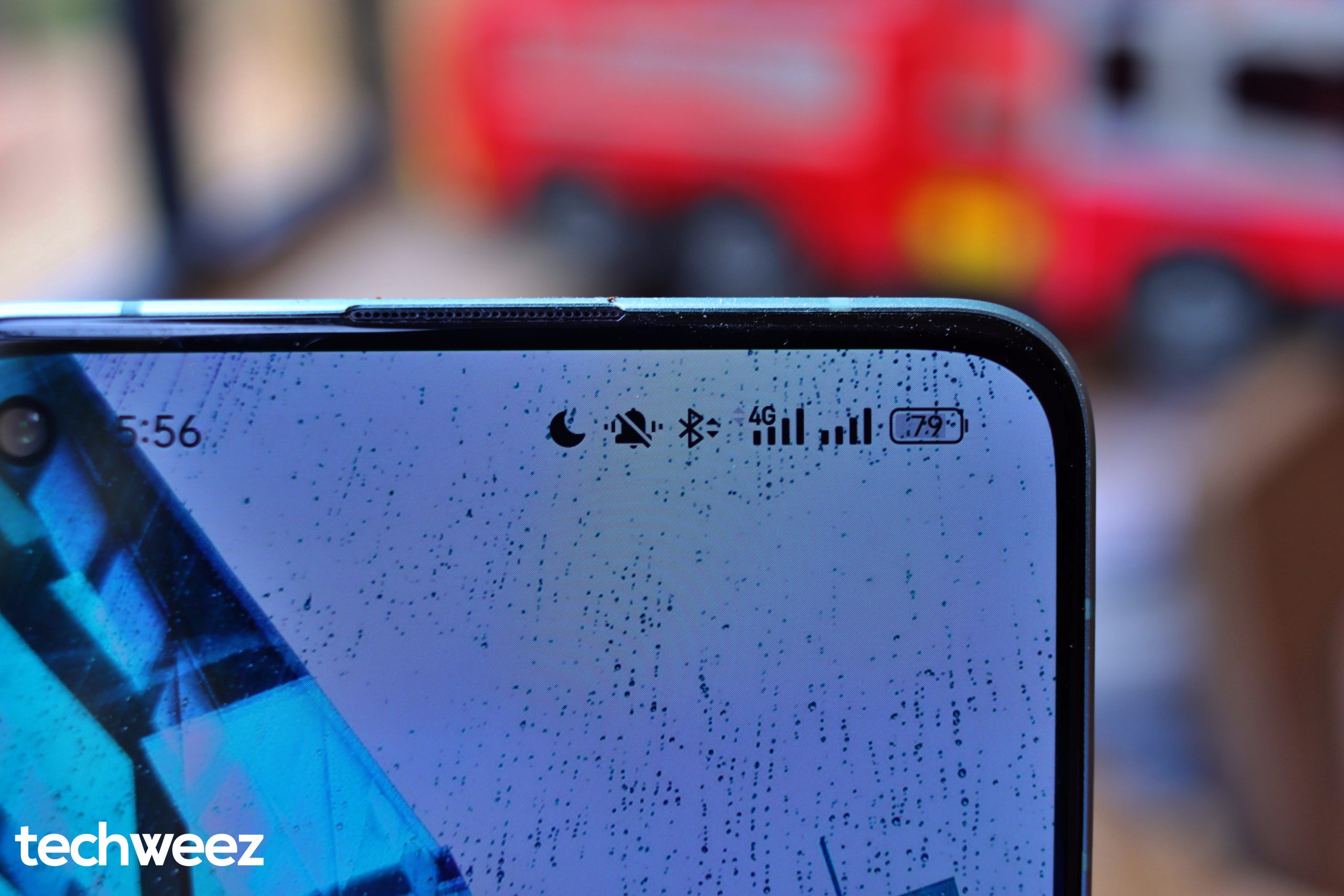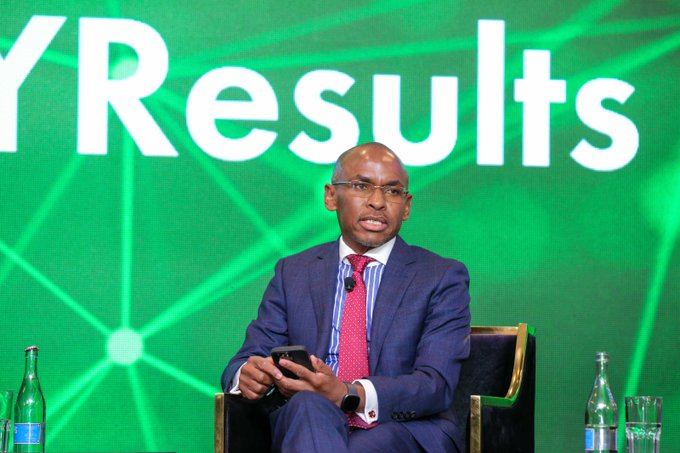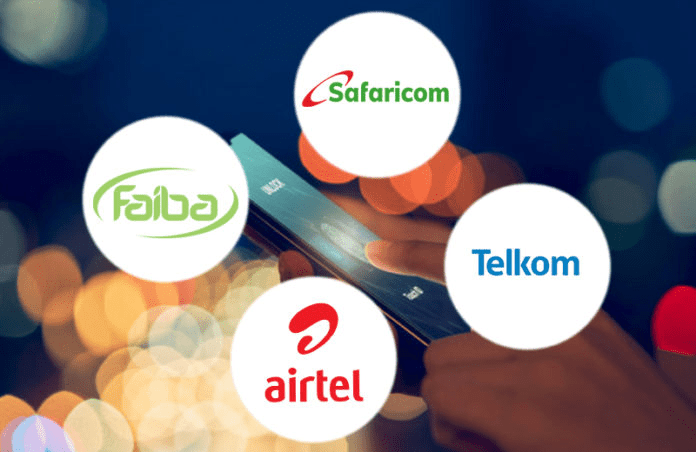
However, this development is one of the many the KES 5 billion-investment phases that aim to oversee network modernization. It is under the same program that saw the launch of the carrier’s LTE services in the first place, of which the operator continues to intensify as it now covers 32 towns and urban centers in Kenya, up from 28 that were reported a few months ago. Telkom has also announced that it has doubled the capacity of its 3G coverage.
So, what does this project bring to the table? Well, its national backbone and metropolitan transmission networks will now deliver triple backup features, as well as improved service experience and extended reach for its customer base in East Africa. At the same time, the completion of this phase means that the telco will have an upper hand in delivering high-speed data for local and international ISPs as well as Service Provider, Content Delivery Networks (CDNs), among many others.
According to Kebaso G. Mokogi who serves as the Managing Director for Carrier Services Division, the investment will see appreciable gains in mobile data speeds.
“Our strategic intent to becoming the region’s infrastructure provider of choice hinges on providing the right infrastructure that delivers the right value to our customers. This investment is a renewal of our commitment to continue delivering unmatched value to our customers in Kenya and the wider East African region,” says Mr. Mokogi.
The project has been designed to benefit customers within key routes in Nairobi in terms of enhanced speeds and reduced interruptions that will be delivered by the new triple redundancy network that is based on Automatic Switching Optical Network (ASOP).
It is not exactly difficult to see the motivation for this project. First of all, smartphone penetration is ever increasing, and carriers derive significant revenue from data services. While operators continue to rake in profits from SMS and voice, it is no secret that this segment is becoming unpopular every day as people take on smartphone apps (some with heavy video content) and data services. In fact, competing carriers have ascertained that most of their revenue stem from data (and mobile money services), which is why huge sums of money are being invested to improve the said services.
The telco managed to meet these gains in terms of triple redundancy via its own fiber network, in addition to Kenya Power’s overhead cables and NOFBI (National Optic Fibre Backbone).
Telkom Kenya, which, based on its social media feeds and customer engagements, has received significant downtime, has mentioned that it will increase the number of maintenance teams on primary routes to make sure that these issues are resolved promptly.
Lastly, the second phase of the project aims to improve on capacity and redundancy in other major towns and extension of its backbone network to additional markets. Also, enterprise customers will benefit from a Fibre-to-the-Building project, which at the moment has connected about 300 commercial buildings.




























